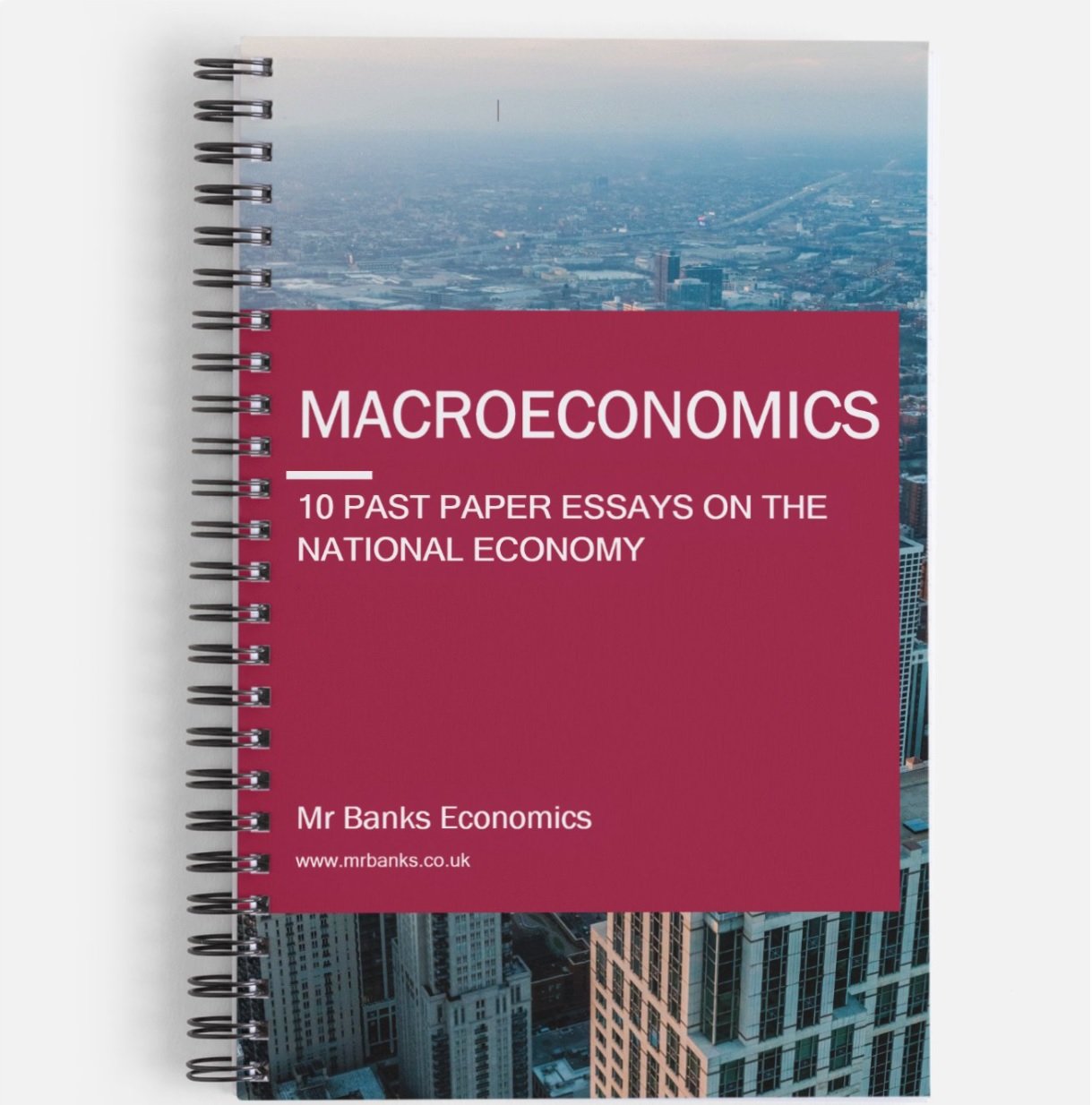Policies to Reduce Unemployment
A-level Economics
In order for unemployment to be reduced, we first need to identify the different kinds of unemployment to apply the correct policy.
We can use Demand-Side policies to reduce cyclical unemployment
Cyclical Unemployment: This type of unemployment occurs when there is demand-deficiency. That means when AD is lower than AS. So, in a recession there will be a large amount of cyclical unemployment.
The whole problem of cyclical unemployment is due to a lack of demand, so the government must employ policies that are designed to increase the levels of demand/spending.
What policies could the government use?
Reflationary fiscal policies (expansionary) – increase welfare payments, increasing government spending, lowering taxes are all examples.
What policies could the Bank of England (Central Bank) use?
Expansionary monetary policy – lowering interest rates, increasing the money supply (quantitative easing in emergency cases)
However, what are the problems?
There could be a lack of information – e.g. what is the size of the negative output gap? How much more spending is required?
If demand-side policy is too severe, it can lead to an overshoot – this will mean demand ends up outweighing supply an this will lead to demand-pull inflation (which is an unintended consequence)
Also, the size of the multiplier needs to be taken into account. A high multiplier will have greater than anticipated effects when there is an increase in government spending – this could lead to inflation. However, a low multiplier might lead to weaker than expected increases in demand.
Also, we need into account time lags. It can take a long time for the effects to be felt throughout the economy. Time lags that aren’t accounted for can lead to governments spending too much.
E.g. a policy may take a couple of years to really be felt throughout the economy. If the government doesn’t wait to see these effects, they could employ even more policies when they are not needed.
Policies to reduce the Natural Rate of Unemployment (NRU)
To reduce the NRU, we need:
Supply-side policies to make the labour market more flexible, and to reduce frictional and structural unemployment.
Policies to increase flexibility:
1. Labour mobility – this refers to the ability of labour to switch jobs easily. In order to change jobs, people need transferable skills. Large and diverse skill sets held by workers will help improve this (occupational mobility).
We can also improve geographical mobility (improving transport networks). This will help workers get to work more easily and to accept more jobs than before.
Policies could involve increasing the amount of training schemes, increasing the levels of education, improving the transport networks.
2. Wage flexibility – wage flexibility is when wages can change according to the state of the labour market. They can respond to the forces of supply and demand. In a recession, just because demand has fallen for goods and services, it doesn’t mean that workers are paid less. Their wages remain the same, and this is why firms often make people redundant rather than pay them lower wages. People’s wages are protected by employment contracts.
Flexible wages could lead to workers not being laid off in recessions.
Wages can be made more flexible by limiting trade union power. Also, the National Minimum Wage could also be scrapped.
3. Flexibility of working arrangements – 0-hour contracts and part-time contracts can help solve this problem. Firms want to hire people when the need is there (period of high demand). If workers are protected by long-term, permanent contracts, then it will mean that firm hire less people.
Policies could involve passing laws that make it easier to hire and fire workers e.g. short-term or 0-hour contracts.
Policies to reduce Frictional Unemployment:
1. Reduce unemployment benefits – this will help reduce the time it takes for people to get jobs when they’ve just become unemployed.
2. Cutting income tax – it will increase the incentive of workers to find jobs or work longer hours because more of their incomes are retained (more disposable income)
3. Improving information about available jobs – workers do not like to just find any job. Many people are looking for a job that is the right fit. However, to get into these jobs takes many hours/days of searching and applying. Improvements in information can help match people with ideal jobs more quickly and easily. This will help reduce frictional unemployment.
Policies to reduce Structural Unemployment
1. Investing in training schemes and education – to get more people trained with the skill sets they need to find and be applicable for jobs. They can also try to encourage firms to provide more training.
2. Help reduce geographical mobility – building affordable houses in areas where jobs are e.g. London. Another option is giving workers subsidies to move to different areas. However, this is difficult because people have ties to their friends and family. Therefore, these incentives are often not responded to.
3. Governments can also target high unemployment areas – they could subsidise firms in those areas and they can also provide training schemes in those areas specifically.
IF YOU WANT GOOD GRADES FAST, BUY THESE BOOKS!
MACROECONOMICS MODEL ANSWER BOOK
10 Past Papers with Model Answers on the National Economy
Written by an experienced Economics tutor
Full model answers with diagrams
Suitable for all UK Economics exam boards
Physical booklet
£20.00
MICROECONOMICS MODEL ANSWER BOOK
10 Past Papers with Model Answers on Market Failure
Written by an experienced Economics tutor
Full model answers with diagrams
Suitable for all UK Economics exam boards
Physical booklet
£20.00


